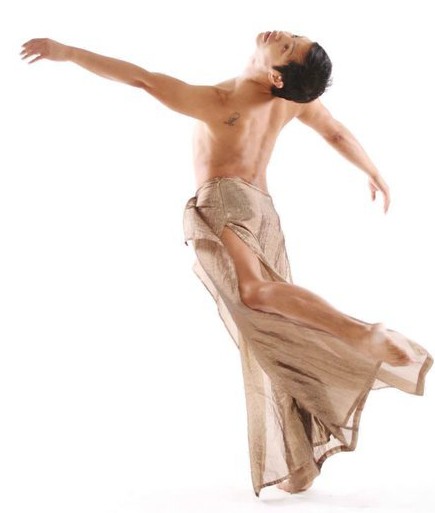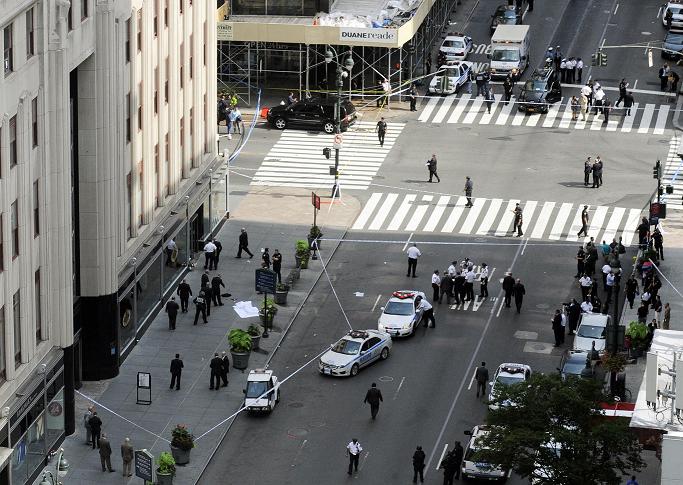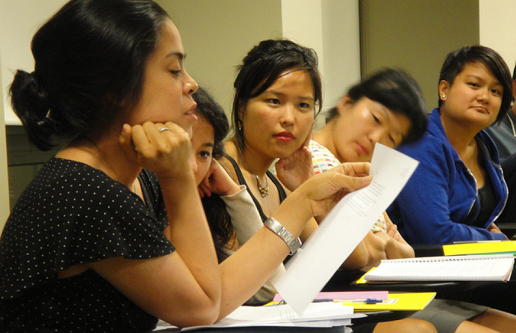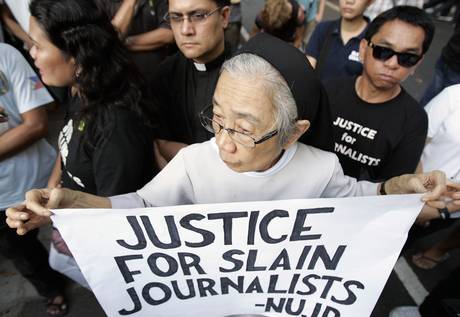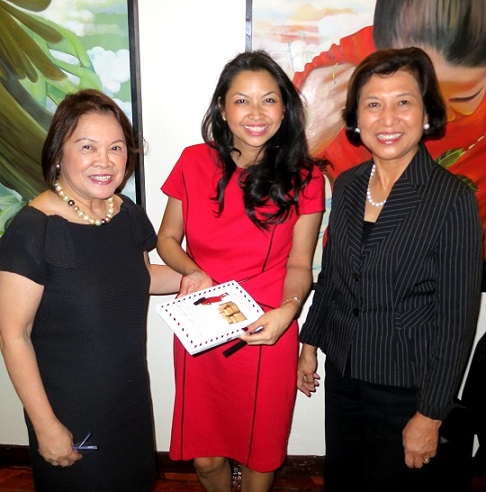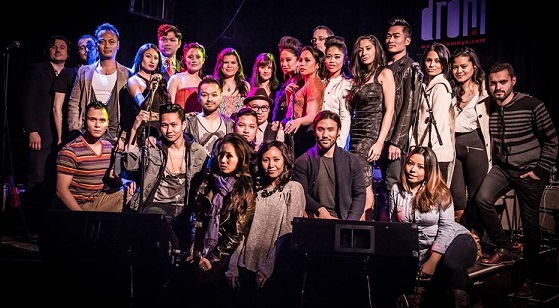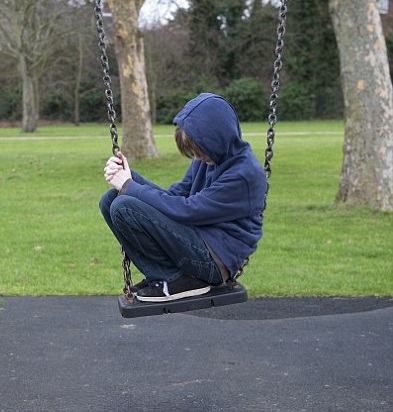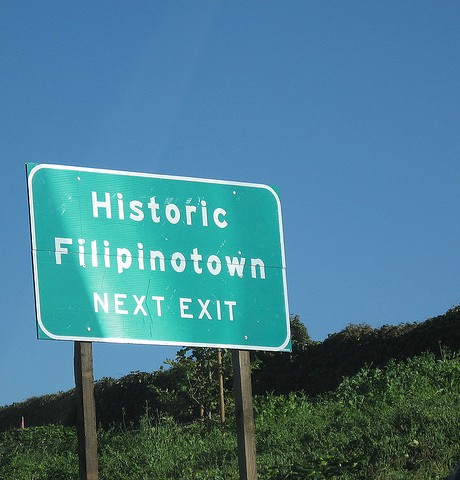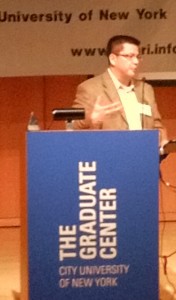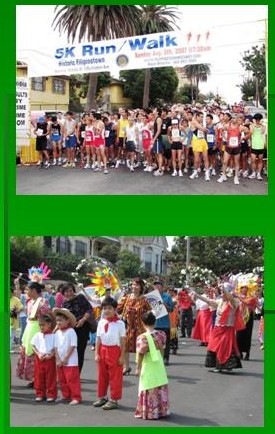In L.A.’s Historic Filipinotown, Filipinos are in the minority
By Cristina DC PastorIn Los Angeles, the center for cultural activity among Filipinos is an area called Historic Filipinotown, a stretch of roadway where the population of 25,000 is 60 percent Latino, 25 percent FilAm and the other 15 percent a mix of ethnicities such as African Americans and Armenians.
Dennis Arguelles, director of program development of the Search to Involve Pilipino Americans, painted this unique and potentially combustible portrait of Hi-Fi before the forum “The Power of Place: Asian American Neighborhoods, Politics & Activism Today” held April 27 at CUNY Graduate Center on Fifth Avenue. The forum was organized by the Asian American / Asian Research Institute or AAARI.
“The Filipinos were never the majority population in this area,” said Arguelles. But Latinos being predominant throughout the city of Los Angeles, he said even neighborhoods like Koreatown and Little Tokyo have a large Hispanic population, just like Hi-Fi.“There are many areas already dedicated to L.A.’s Latino heritage,” he said. “This name Historic Filipinotown recognizes the historic significance of the neighborhood to Filipinos while also understanding that it is home to a diverse population.” It is the center of cultural activity for the 400,000 Filipinos who live in Southern California, who converge there for events, visit the churches and institutions that continue to thrive there, he added.
Arguelles went on to describe Hi-Fi as the historical entry point for immigrant groups such as Mexicans, Italians and the Jews, which later emerged as a Filipino enclave after World War II. The 3-mile long-1-mile wide stretch of land was officially designated “Historic Filipinotown” in 2002 by the city, and declared a national “Preserve America Community” in 2011 by First Lady Michelle Obama.
Throughout the ever-evolving downtown L.A. landscape, the Hi-Fi neighborhood has avoided being swept into the process of gentrification, said Arguelles. But in the mid-2000, the area began to transform and change appeared inevitable.
“We noticed a different type of dogs being walked in the neighborhood,” he said in jest. Change quickly came to a halt when the economy went into a recession in 2009, with Hi-Fi managing to stay intact as the surrounding areas gave way to the demands of urbanization by allowing more buildings devoted to mixed-income housing and retail space.
Historic Filipinotown is not just a center for Filipino culture, it is home to little-known American landmarks. There is the Occidental Studios, the oldest film studio in the country. Also in the vicinity is the house where the Christian Pentecostal Movement held its historic meetings. The movement, which blurred the divisions between black and white worshippers, is an important sector in America’s religious history.
The dozens of FilAm organizations that advocate for Hi-Fi are more or less “on the same page” as to the future of the neighborhood, said Arguelles. They all want to preserve the community as a historic and cultural center as well as a center for economic development and political empowerment. “We are the largest Asian population in the city of L.A. but you wouldn’t know that if you were to look at City Hall,” said Arguelles. “People really want to change that.”
Admittedly, racial tension is inevitable in neighborhoods like Hi-Fi, he said. “We’ve seen a lot of conflict when it comes to ethnic relations partly because majority of the population is Latino.” There’s some generational and sectarian conflict, and different layers of leaderships in the community. Fortunately, he said Filipinos and Latinos have a lot in common culturally and so the organizations “build on those shared experiences.”
As for other contentious issues, Arguelles said the two communities “deal with them on a continuing basis.”

